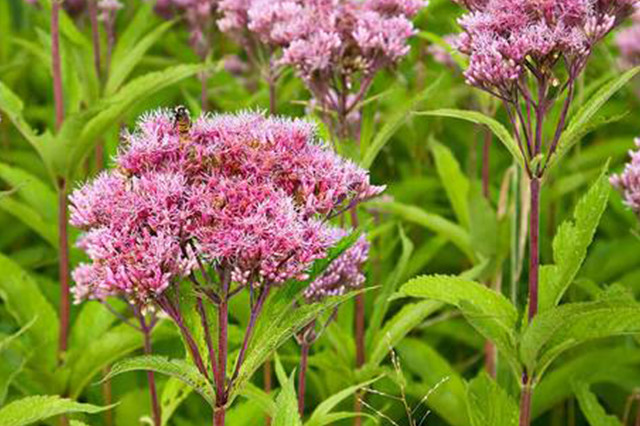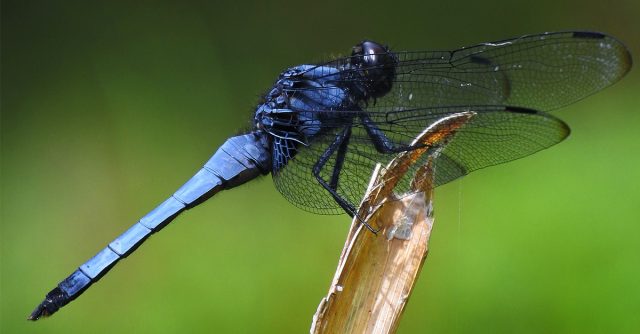Dragonflies remain some of the best predators when it comes to keeping mosquito populations low. They scavenge the skies in adulthood and also eat large numbers of mosquito larvae. They help regulate mosquito populations. Adult dragonflies can eat more than 100 mosquitos per day.
These 10 plants below attract dragonflies that can save you from the annoying mosquitos.
LAND FLOWERS
1. Black-Eyed Susan (Rudbeckia hirta)
This plant attracts butterflies and other pollinators which are the best eating choice for dragonflies. These yellow wildflowers adapt almost to any type of soil and require many sunlight and regular watering in order to bloom. They typically live for around 2 years in warm climates and die once the winter comes.

2. Swamp Milkweed (Asclepias incarnata)
This plant produces pink and white flowers that bloom every year. They attract dragonflies because its flowers are very noticeable for butterflies, bees, and wasps. This plant grows best in moist, wetland areas.

3. Joe-Pye Weed (Eupatorium purpureum)
The attractive pink-purple flowers that last from mid-summer to autumn attract a lot of butterflies and bees which are the food of the dragonflies. This plant also has a sweet vanilla fragrance which can make your garden smell wonderful. They grow in partial or full sunlight and their dried roots and flowers can be used to make a diuretic tea.

4. Meadow Sage (Salvia marcus)
Meadow sage, with its purple flowers, is eye-catching and attracts small insects and butterflies to its flowers. They grow in full sunlight, but they can also grow in partial shade. The ideal place for them to grow is a place where there is morning sun and afternoon shade and it doesn’t need a lot of watering.

5. White Yarrow (Achillea millefolium)
This beautiful wildflower has big flat clusters (about 5 inches across) and 20-25 creamy-white flowers. Their foliage makes them resistant to diseases and they also attract tiny parasitic wasps as well as other insects and butterflies that dragonflies adore. This plant wants full sunlight, and medium to dry moisture. This flower will definitely brighten your yard.

POND FLOWERS
6. Arrowhead (Sagittaria latifolia)
This colony-forming, aquatic perennial rises above water up to three feet. Its leaves, as the name suggests, are arrowhead-shaped and they come with tiny white flowers with yellow centers. This flower is a location where adult dragonflies hang out. And they also work as a place where they lay their eggs.

7. Wild Celery (Vallisneria Americana)
This is a very useful tape grass that is a great aquatic living place for dragonflies. It grows to the water surface and it is a great place for dragonflies to lay their eggs onto. There need to be 18 inches of water at any time with the sunlight having to filter down to the tubers in the spring in order to germinate them.

8. Water Horsetail (Equisetum fluviatile)
This plant is a combination of a floating and submerged plant and is also called an emergent plant. They grow on the pond floor but its stems can also rise out of the water. Dragonfly larvae use this plant to make their way to the pond surface when they reach their adult phase.

9. Cattail (Typha latifolia)
Bull rushes, or cattails, enjoy moist soil and do their best in marshy swampy areas. Adult dragonflies use them for a place to hang out and also as an egg-laying site. They grow in bright locations, therefore, don’t plant them in a shady area.

10. Water Lily (Family)
Water lilies are the perfect plants for an egg-laying place for adult dragonflies. Water lilies are usually grown from tubers that are planted in pots just beneath the water’s surface. After some time the water lily will send up stems with star-shaped blossoms and rounded leaves that float on the surface. Adding rocks will help the plant in keeping it submerged.






